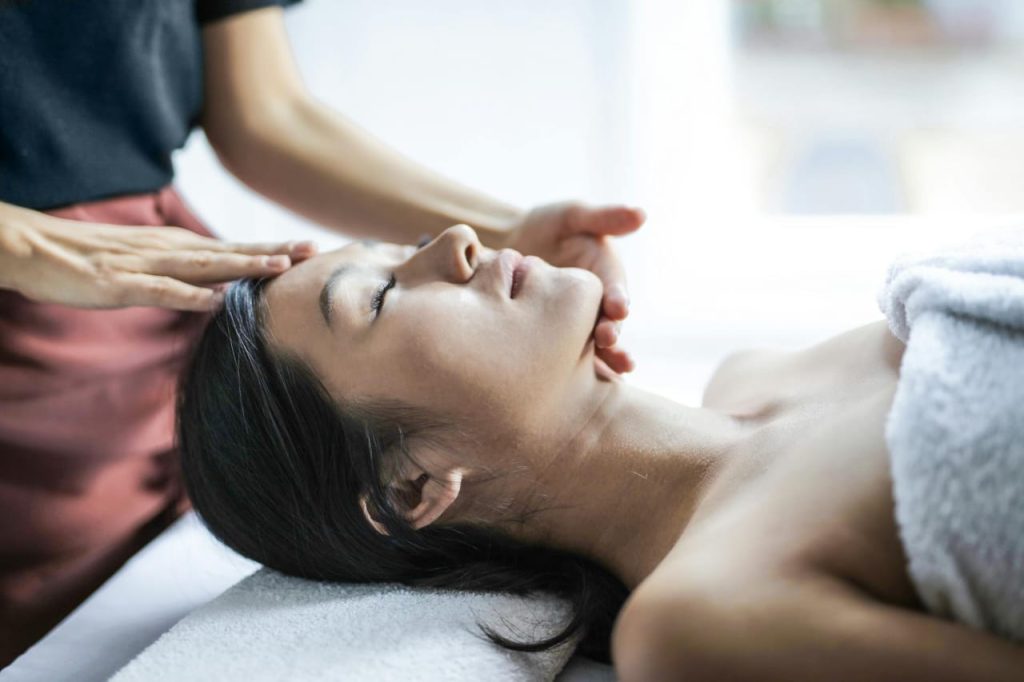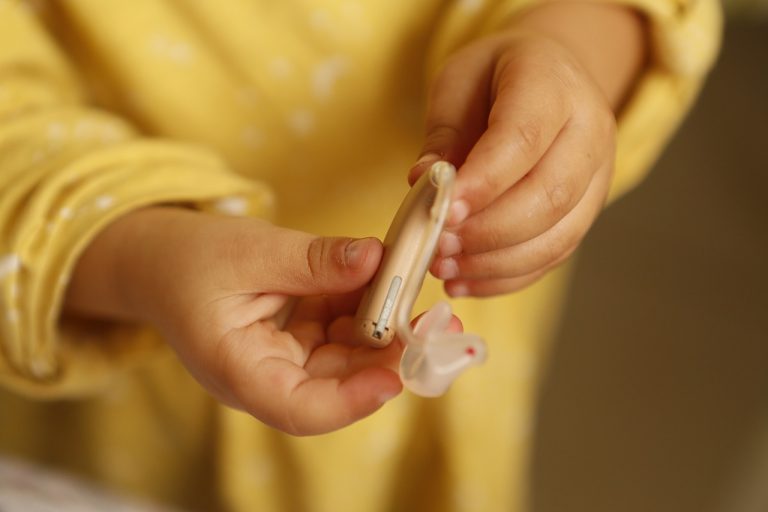What to Expect During and After a Swedish Massage
Swedish massage, known for its relaxing and therapeutic benefits, is one of the most popular types of massage therapy. Ideal for first-time spa-goers and those looking to unwind, Swedish massage uses a variety of techniques to promote relaxation, increase oxygen flow in the blood, and release toxins from the muscles. If you’re considering booking a session, here’s what you can expect during and after a Swedish massage.
During the Swedish Massage
1. The Environment: Swedish massage typically takes place in a calm, serene setting designed to enhance relaxation. The room may be dimly lit, with soft music playing in the background to create a tranquil atmosphere. The temperature will be comfortably warm to ensure you can relax without feeling cold, even as you are partially undressed under the sheet.
2. Getting Started: You’ll be asked to remove your clothing to your level of comfort. You will lie down on a massage table, covered by a sheet or towel to respect your privacy. Only the part of your body being worked on will be uncovered at any time.
3. Massage Techniques: The therapist will use several techniques during a Swedish massage:
Effleurage: These are long, flowing strokes usually used at the start and end of a Swedish massage to relax the body.
Petrissage: This technique involves kneading the muscles to relieve muscle tension and enhance circulation.
Friction: The therapist applies pressure to heat up the area with the goal of making deep tissue more pliable.
Tapotement: A rhythmic tapping using cupped or flat hands to invigorate muscles.
Vibration/Shaking: These techniques can help loosen and energize muscles.
4. Pressure: The pressure can range from light to firm, depending on your preference, which you should communicate to your therapist. The goal is not to reach the deeper muscles but rather to relax them.

After the Swedish Massage
Immediate Effects: Right after the massage, you should feel deeply relaxed. Some people experience immediate relief from muscle aches and stiffness. It’s common to feel a bit drowsy as well, due to the release of toxins and the soothing nature of the massage, so it might be wise to take it easy for a few hours.
Drinking Water: Drinking plenty of water post-massage is crucial. Massage stimulates the lymphatic system, which in turn releases toxins into the body. Water helps flush those toxins out. Hydration after a massage can also help reduce soreness and fatigue.
Possible Soreness: While Swedish massage is gentle, some people might experience slight soreness, especially if it was their first massage or if there was significant muscle tension before the session. This should subside within a day or two.
Emotional Release: Some individuals may experience an emotional release during or after massage, which is perfectly normal. Massage can tap into the emotional center of the nervous system, leading to feelings of happiness or a release of sadness.
Longer-term Benefits: With regular sessions, the benefits of Swedish massage can compound. You may notice improved sleep patterns, fewer aches, enhanced flexibility, and a reduction in stress levels. People often report feeling more balanced and aware of their body’s needs.
Swedish massage offers a gentle, relaxing experience that is beneficial for both the body and the mind. Knowing what to expect during and after the massage can help you prepare and make the most of your session. By communicating with your therapist and taking care of yourself following the massage, you can extend the positive effects and truly enjoy the restorative benefits of your treatment.






